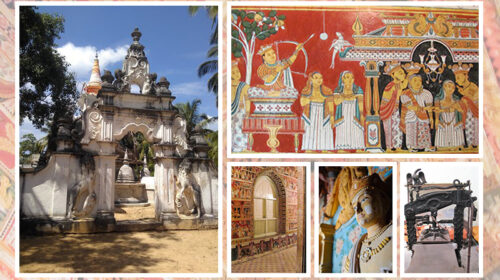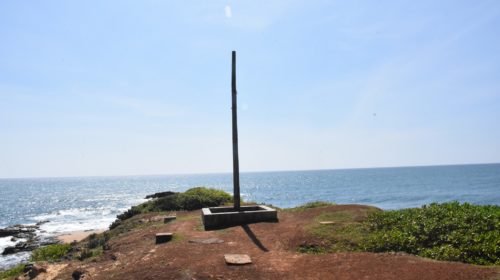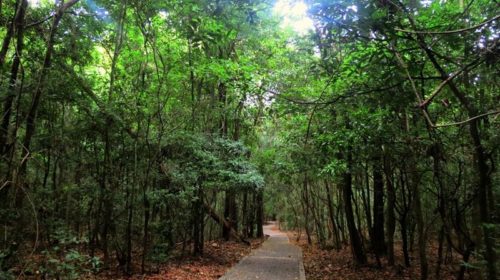Girihandu Vehera in Tiriyaya (Keshadhatu Chaithya)

This archeological site is found west of the town of Tiriyaya, about a pretty far from the 27th and 28th mileposts on the Trincomalee-Pulmudai street. Arranged on a slope, the Dagaba is prominently known as Girihandu Vehera in Tiriya. Here you can see numerous sanctuaries and icons having a place with various times.
There is a flight of stairs on the south side to climb this slope. This little dagoba was worked in the wake of evening out the highest point of the slope. Later it is seen that the Dagaba has been amplified. The Dagoba was encircled by a Vatadage worked around the eighth century AD. The Vatadage is based on a roundabout stage. Stays of two stone tom engravings can be seen around the Dagaba today. The patio of the Dagaba is encircled by a stone divider around six feet high. On that divider are three openings made for mounting wooden shafts in places.
Known as the Vatadage of Tiriyaya, this yard has four stages prompting the patio. At the highest point of every flight of stairs is a stone entryway and entryway. There could be no other type of moon light with the exception of the lotus petals. Exceptionally basic. There are six symbol houses around the Vatadage. The biggest of these sculptures is a block six-sided Buddha sculpture. Toward the west of the Vatadage are 22 cut hat.
These are set generally. On the east side of the patio, there is a Sri Pada insignia of the sanctuary which can be seen on the right half of the entry. At the lower part of the slope are the remaining parts of structures having a place with the Malaka cloisters and the vestiges of two stages. At the foot of the mountain are the vestiges of two lakes. There are vestiges of a stone extension close to two safeguarded lakes and a trip of steps on the east side.
This shows that there was a thruway close to the Tiriyaya holy site in antiquated occasions. There are a few caverns on the eastern slant. Two of these engravings with Brahmi content can be seen. It is a declaration to the way that this consecrated spot existed as a Buddhist altar even in the pre-Christian time.
Seven engravings have additionally been found at the site. This 20 feet in length and 5 feet wide engraving written in Sanskrit on a stone to one side of the Vatadage gives a long depiction of this sanctuary. This engraving is written in the letters Pallava Grantha.
This sacrosanct spot traces all the way back to BC. From the third century BC. Engravings demonstrate that it stayed a religious community until the tenth century. Advertisement The presence of this spot as a Buddhist community until the eighteenth century is uncovered in a book composed around then, for example, Nampotha referencing this spot as Nithupathpana. The site was proclaimed an Archeological Prohibition Land in 1930. Unearthings were begun in 1951 by the Department of Archeology.
Many valuable bronze models were found under a piece of stone laid on the ground. There were 31 little Buddha sculptures, 11 Bodhisattva sculptures, 03 Tharodevi sculptures and a bronze coffin with four planes for Dhyani Buddhas.





